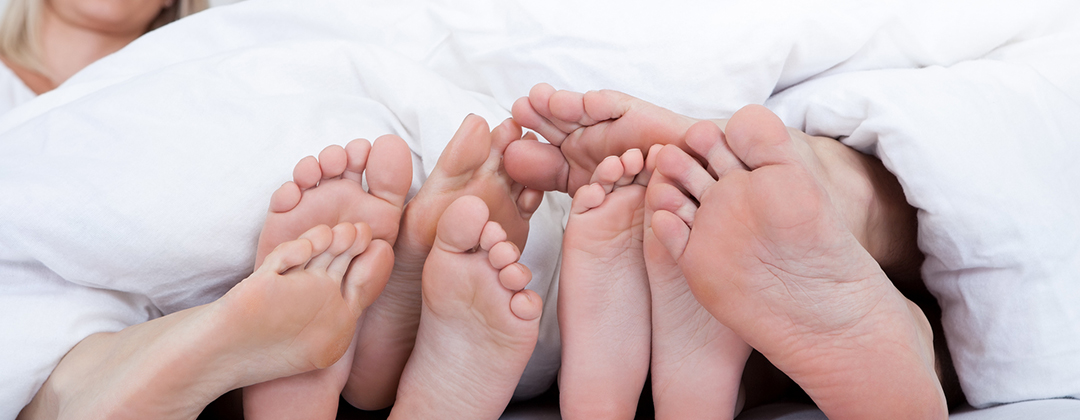Achilles tendinitis is a common condition that causes pain along the back of the leg near the heel. The Achilles tendon is the largest tendon in the body. It connects your calf muscles to your heel bone and is used when you walk, run, and jump.
Diagnosis
Typically your podiatrist will usually diagnose Achilles tendinopathy following a throughout foot examination and an assessment of your typical symptoms. They may feel for swelling or tenderness of the tendon. They may also ask you to do some exercises to put some stress on your Achilles tendon.
Treatment
Initial treatment usually involves resting the painful Achilles tendon to allow the inflammation to subside and allow for healing. A period of rest after the onset of symptoms is important in controlling acute injuries.
Insoles with a heel wedge (raise) can be inserted into the shoe to minimize the stress on the Achilles tendon. These can be placed in both athletic shoes and work shoes. By lifting up the heel of the foot, even by a small amount, a significant amount of force is decreased on the Achilles tendon.
If Left Untreated
If left untreated, the tendon will begin to degenerate and scar tissue will form. In severe cases Achilles Tendonosis can lead to complete rupture of the Achilles tendon.
For more medical information click here.
Athlete’s Foot
More than half the population will at one time or another develop athlete’s foot, a fungal infection on the skin of the feet. It causes itching, burning or scaling of the skin, especially between the toes or on the soles and can be malodorous.
More InformationPlantar Fasciitis
Plantar Fasciitis is one of the most common orthopaedic conditions relating to the foot. It is when the thick tissue on the bottom of the foot (plantar fascia) becomes inflamed and irritated at the points of insertion, making it difficult to walk.
More InformationVerruca
Is a skin lesion cause by the human papillomavirus, which infects the outer layer of the skin (the epidermis). The virus is transmitted by contact and although most verrucas do typically go away on their own.
More Information
